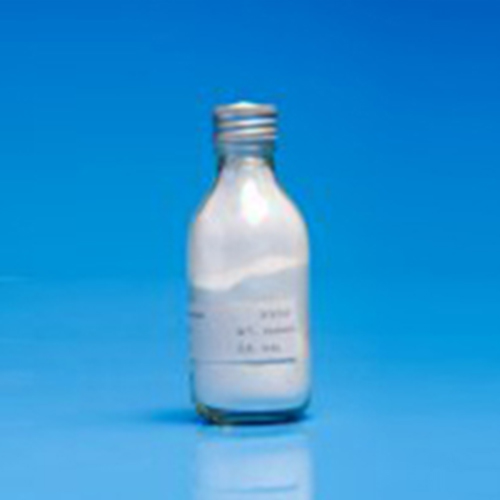When it comes to using Urofollitropin, clients often have a multitude of
questions regarding its instructions. Understanding these instructions is
crucial for the safe and effective administration of this important fertility
medication.
One of the first questions that arises is about the proper dosage. How is
the correct dosage of Urofollitropin determined? The dosage is typically
individualized based on a patient's specific fertility profile, including
factors such as age, ovarian reserve, and the underlying cause of infertility.
Our medical team or prescribing physician will conduct a comprehensive
assessment and prescribe the appropriate starting dose. It is essential to
strictly adhere to this prescribed dosage to avoid potential overstimulation or
under-treatment.
Another key concern is the administration method. How exactly should
Urofollitropin be injected? Urofollitropin is usually administered via
subcutaneous injection. We provide detailed instructions and, in some cases,
even offer training or visual aids to ensure patients or healthcare providers
can perform the injection correctly. The injection site, typically the abdomen
or thigh, should be clean and dry. The syringe should be held at a proper angle,
and the injection should be done slowly and steadily to minimize discomfort.

Timing is also of utmost importance. When should Urofollitropin be taken
during the fertility treatment cycle? The timing of Urofollitropin
administration is carefully coordinated with the patient's menstrual cycle and
other fertility medications if applicable. It is usually started in the early
follicular phase and continued for a specific number of days, with regular
monitoring through blood tests and ultrasounds to assess follicular growth and
hormone levels. Our team will provide a clear schedule and closely monitor the
progress to make any necessary adjustments.
What about storage? How should Urofollitropin be stored to maintain its
potency? Urofollitropin should be stored in a refrigerator at the recommended
temperature range, protected from light and extreme heat. It is important to
check the expiration date regularly and discard any expired medication. Improper
storage can lead to a decrease in the effectiveness of the drug.
Finally, what are the potential side effects and what should be done if
they occur? Common side effects may include injection site reactions, mild
abdominal pain, or bloating. However, more serious side effects such as ovarian
hyperstimulation syndrome (OHSS) can occur. We provide detailed information
about these potential side effects and clear instructions on when to seek
medical attention. If any unusual symptoms are experienced, it is crucial to
contact the prescribing physician immediately.
In conclusion, understanding Urofollitropin instructions is vital for a
successful fertility treatment. We are dedicated to providing comprehensive and
clear instructions, along with ongoing support and monitoring. If you have any
questions or need further clarification about Urofollitropin instructions, don't
hesitate to reach out to us. We are here to help you navigate the journey to
achieving your family goals.